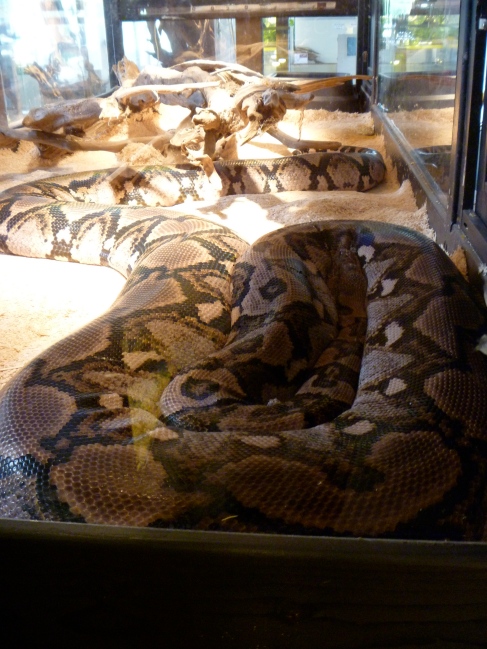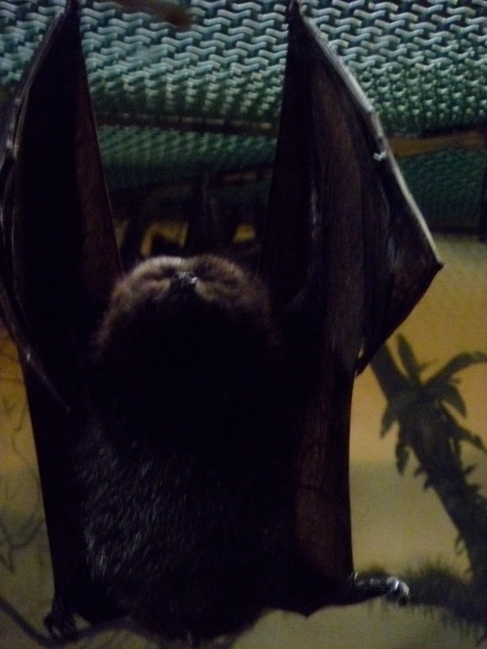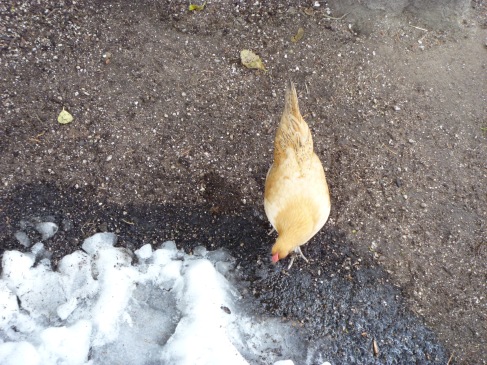I was on a roll posting things there and then suddenly poof! I swear I wasn’t just eating bon bons…well, I’m doing that now…but that is beside the point! Life happens, we move on.
Specifically, we move on to ducks.

DUCK
Some cutie wanted to know why it is safe and acceptable to eat duck medium-rare or rare, but not chicken. Why indeed! Honestly, I hadn’t thought about it. Apparently I do not eat enough ducks. Also, Googling this will get you a lot of cooking forums where folks suppose that ducks and geese are bacteria free.

Ducks and geese, like everything else, are exposed to bacteria in their daily lives and thus susceptible to bacterial contamination. The difference between them and chicken is actually in the muscle itself.
Although not as red as beef, duck and goose meat is considered “red”. As migratory birds, they possess fast-oxidative muscle fibers (which I described oh so long ago…). Like beef, these muscles are dense, so bacteria cannot penetrate deep into the tissue. As a result, as long as the outside of the duck or goose is cooked, the inside can safely remain pink. Of course, as the FDA always likes to remind us at the bottom of the menu, “any raw or undercooked meat or eggs carry a risk of food-bourne illness, &etc”. But The Risk is still greatly decreased.
Chicken on the other hand, is a considerably less dense white meat. Bacteria can penetrate deeper into their fast-glycolytic muscle tissue, so cooking chicken all the way through is necessary. If you don’t, that pink center will only get warm enough to incubate whatever could be living in there. And that would be gross.
Don’t be gross.
The End.
Sources
Armentrout, Jennifer. “Cooking Duck Breast: Is Medium-Rare Safe?” Fine Cooking. Feb 9, 2015. <http://www.finecooking.com/articles/cooking-duck-brest-medium-rare.aspx>
Sherwood, Lauralee, Hillar Klandorf and Paul Yancey. 2005. Animal Physiology: From Genes to Organisms. Thomson Brookes/Cole, Belmont, CA.
–. 2015 “Meat and Poultry Temperature Guide.” Food Network. Feb 9. 2015 <http://www.foodnetwork.com/recipes/articles/meat-and-poultry-temperature-guide.html>



